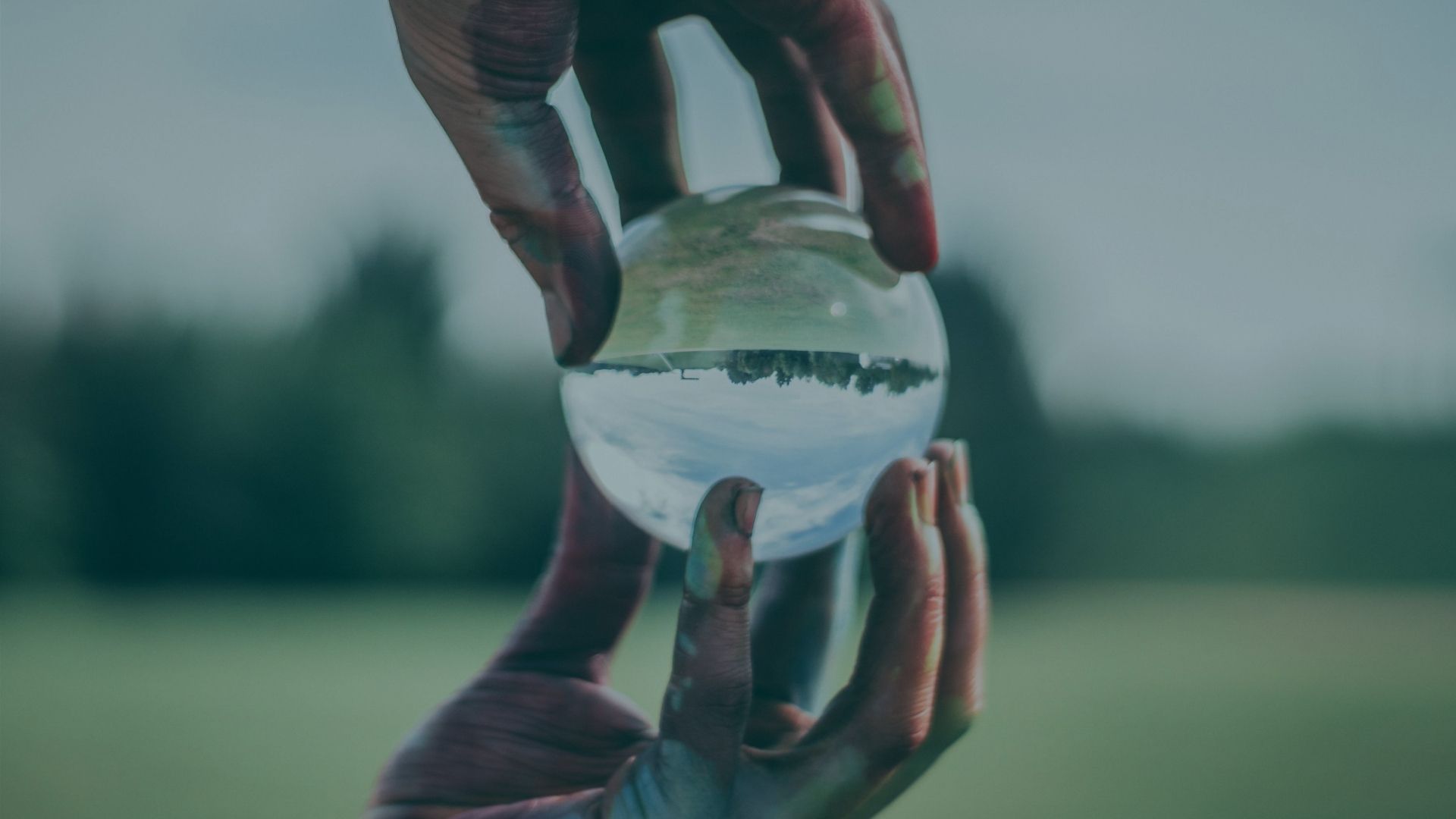Solution in post-Covid period?

In post-Covid-19 moments, and in the middle of a huge economic and social crisis, which extent and impact is still unknown at the present moment, one thing we know: nothing will be the same.
It is increasingly clear our era will be defined by a fundamental schism: the period before COVID-19 and the new normal that will emerge in the post-viral era: the “next normal.” In this unprecedented new reality, we will witness a dramatic restructuring of the economic and social order in which business and society have traditionally operated.
Can Circular Economy be part of the solution in the post-Covid19 period?
A McKinsey Global Institute analysis, based on multiple sources, indicates that the shock to our livelihoods from the economic impact of virus suppression efforts could be the biggest in nearly a century. In Europe and the United States, this is likely to lead to a decline in economic activity in a single quarter that proves far greater than the loss of income experienced during the Great Depression.
Returning businesses to operational health after a severe shutdown is extremely challenging. Most industries will need to reactivate their entire supply chain, even as the differential scale and timing of the impact of coronavirus mean that global supply chains face disruption in multiple geographies.
The weakest point in the chain will determine the success or otherwise of a return to rehiring, training, and attaining previous levels of workforce productivity.
That’s why reskilling and behavioral transformation to a more Circular Economy will be a must since Circular Economy brings two fundamental differences to traditional supply chains:
- The first concerns product design and the socioeconomic context of consumption. In a circular economy, products are designed to last longer and to be reprocessed in some manner once their life cycle is complete. It is also assumed that most goods are shared (particularly capital goods), which increase their utilisation level; fewer goods are required to provide the same service level.
- The second concerns the collection of used/consumed biological and technical goods for the purpose of various forms of reprocessing, where the conventional linear structure of supply chains becomes a feedback loop.
The circular perspective about supply chains underlines four layers to the reverse logistics of technical goods:
- Maintenance. Ensuring the ongoing serviceability of a product, including its upgrade, at or near its place of use. Depending on the product, this can involve on-site maintenance.
- Reuse. The transfer of a product from one user (or user group) to another through its collection, maintenance, storage at the distributor and delivery.
- Remanufacture. The manufacturing of a new product from similar products once it has ceased to function because of damage or wear and tear. The manufacturer refurbished major parts and if necessary, added new components for the parts that cannot be repaired. Then, the product is reintroduced in the supply chain.
- Recycle. Collecting various materials so that they can be used in the (re)manufacturing of new products.
In this sense, the Circular Economy, its principles, approaches and methodologies could be seen as part of the solution to the aftermath of the pandemic and will also provide an opportunity to learn from a plethora of social innovations and experiments.
That’s why we, as AMARNA Vida, are so driven to bring our personal mastery that is based on science-based knowledge, proven methodologies, flexible tools, and result-oriented attitude to Circular Economy.
We hope to contribute with the learning space for people to think inside-out and be opened to embracing Circular Economy principles more actively since it is something that is more in the academic field than in organisations and people's reality.
We are compromised to give the necessary tools for organisations to consolidate by themselves the practice involved with the concepts and phases of the Circular Economy. Contribute to minimize the lack of collective adherence to practices in relation to the Circular Economy, by consumers, given them the necessary awareness regarding Circular Economy benefits.
Continue to follow us on AMARNA Vida’s LinkedIn page: https://www.linkedin.com/company/amarnavida/ where we will continue to give you tips to become a more conscious organisation. Also, visit us at our website www.amarnavida.co
Be healthy, happy, and sustainable.
Founder and Executive Director
Powered by AMARNA Vida’s team